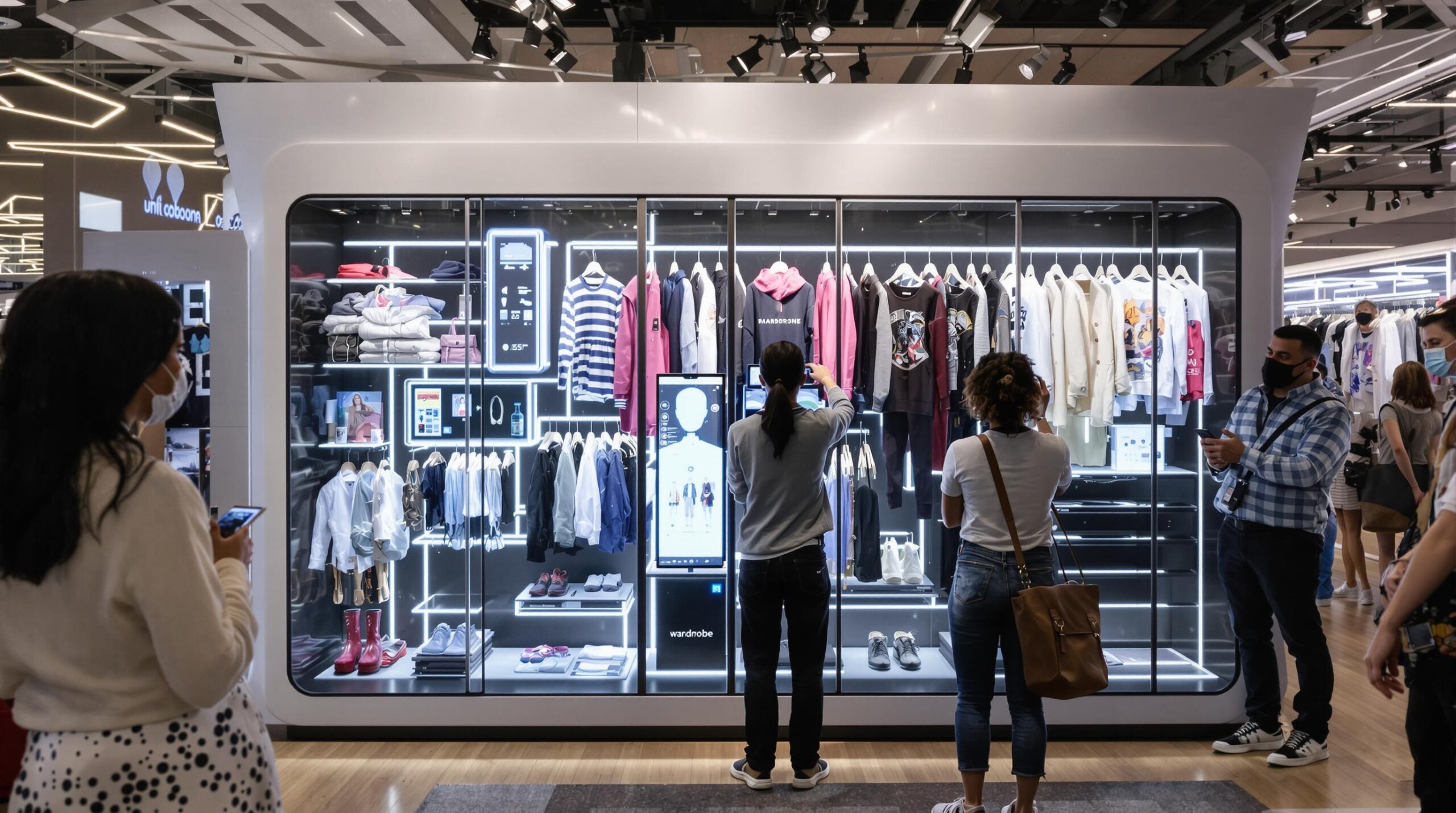Introduction
In 2025, fashion isn’t just about fabric and color. It merges technology, sustainability, and personalization in groundbreaking ways. One significant development is the AI-powered wardrobe, reshaping how we think about clothing. These wardrobes use advanced algorithms to revolutionize personal style and industry practices.
Defining AI-Powered Wardrobes
AI-powered wardrobes are intelligent systems integrated into everyday wardrobes. They use machine learning to understand user preferences. These systems analyze environmental data and fashion trends to make suggestions. They help users decide what to wear based on weather conditions, social events, and personal taste. This transformation turns choosing an outfit into an efficient, personalized experience.
The Role of Technology in Fashion
Technology plays a critical role in all facets of life, including fashion. AI has entered this industry in recent years, introducing automation and precision. AI algorithms analyze online data, predict trends, and assist brands in designing collections. AI-powered wardrobes represent the next evolutionary step, giving consumers similar foresight and customization tools.
Enhanced Personalization
Consumers in 2025 demand personalization and AI-powered wardrobes deliver precisely that. These systems learn from user interactions over time, refining their suggestions. They track individual preferences, size variations, and style shifts, continuously updating their recommendations. For instance, the AI will prioritize similar options if users frequently select a specific color or pattern. This personalization makes daily outfit decisions seamless and satisfying.
Environmental Benefits and Sustainability
Sustainability has become crucial in the fashion industry. AI-powered wardrobes contribute positively to this aspect by promoting mindful consumption. By analyzing an individual’s existing clothes, these systems suggest ways to mix and match them. This minimizes unnecessary purchases and encourages a sustainable lifestyle. Reducing waste and extending the life of garments becomes easier, aligning with global efforts to combat environmental challenges.
The Impact on Fashion Retail
The widespread adoption of AI-powered wardrobes also affects fashion retail. Retailers leverage data insights provided by these systems to adjust inventory efficiently. They produce designs that accurately reflect consumer demand, minimizing surplus and waste. AI also helps retailers offer virtual try-ons, allowing consumers to visualize how clothes fit and look. This innovation enhances shopping experiences and boosts retailer-customer engagement.
Revolutionizing Trend Forecasting
Trend forecasting is another area experiencing transformative changes due to AI-powered wardrobes. Large-scale data analysis uncovers patterns in consumer behavior. Traditional forecasting methods depended on historical data and intuition. AI systems provide more precise predictions by analyzing real-time social media and fashion forum data. Designers can create collections that better align with emerging preferences, ensuring relevance and appeal.
Bridging the Gap Between Designers and Consumers
AI-powered wardrobes act as intermediaries between designers and consumers. They educate buyers about new styles and promote upcoming trends. Designers use these insights to direct future creations towards verified consumer desires. This feedback loop fosters a more dynamic interplay between the industry and its patrons. It enhances consumer satisfaction and helps designers stay ahead of the curve.
Innovative Features and Capabilities
AI-powered wardrobes boast innovative features that enhance user experience. For instance, they include virtual styling services with AI stylists. These virtual assistants help users navigate outfit choices for different occasions. Some wardrobes incorporate mirror technology, allowing users to preview outfits in an immersive setting. Other systems integrate with smart home devices, ensuring seamless connectivity and operation from anywhere.
Overcoming Challenges
Despite its benefits, implementing AI-powered wardrobes poses challenges. Privacy remains a significant concern as these systems gather and analyze personal data. Ensuring data protection and user consent is crucial to addressing these concerns. Additionally, integrating such technology may be prohibitive for some consumers. Making these systems affordable and accessible is vital for widespread adoption.
The Future of AI in Fashion
As we look forward, the role of AI in fashion will only expand. AI-powered wardrobes represent just one aspect of technology’s potential influence. Continued advancements will likely introduce even more sophisticated fashion tools, enhancing designs and operations. The journey from concept to global trendsetter will become more efficient, reshaping how fashion evolves.
Conclusion
In conclusion, AI-powered wardrobes herald a new era in fashion, bridging technology and personal style beautifully. They meet the demands of modern consumers and address sustainability, a critical concern of our time. As the fashion landscape evolves, these intelligent systems represent a future where clothing choices are informed and intentional. This blend of AI and fashion promises the industry a vibrant and compelling future.

